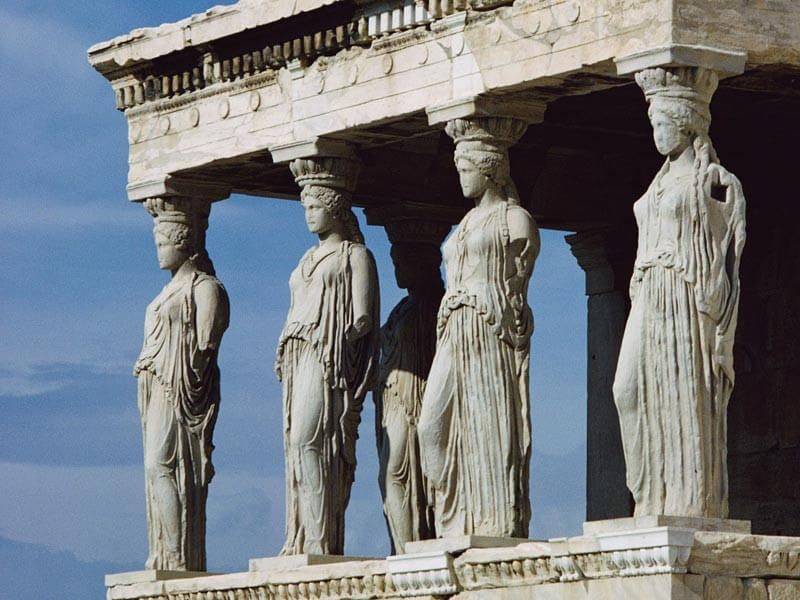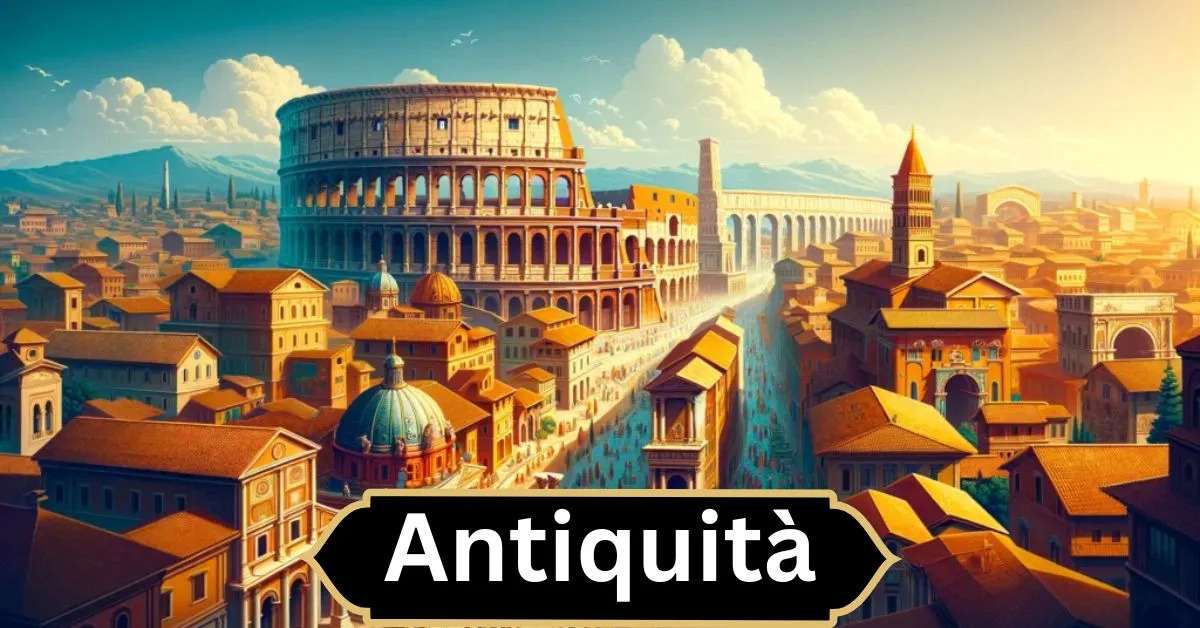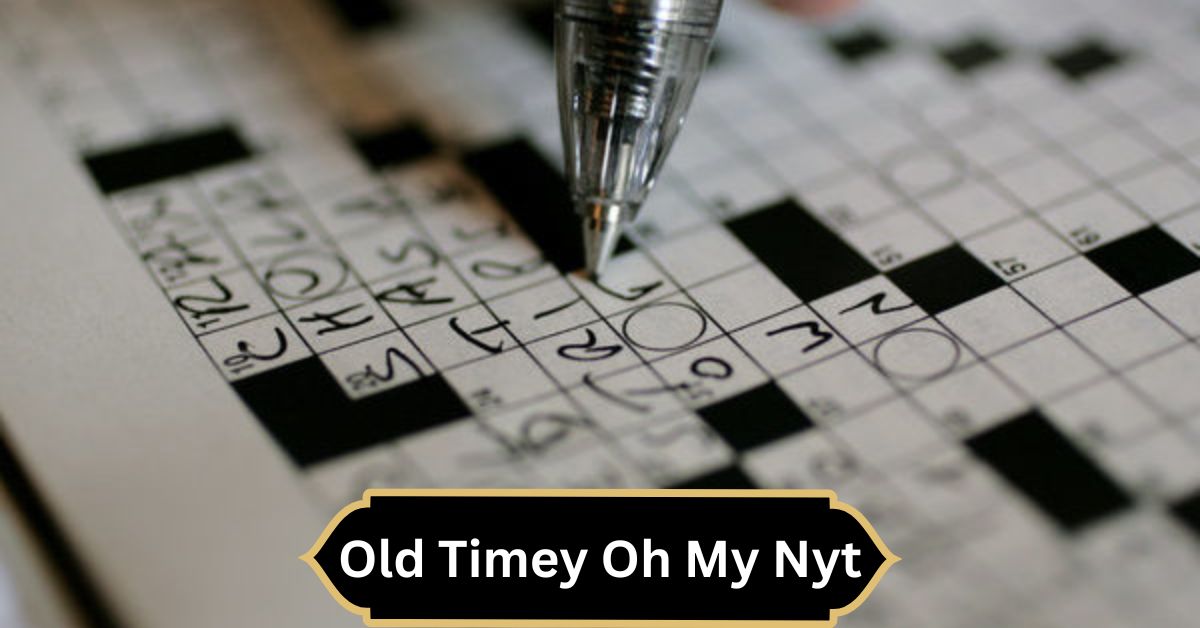Historical Significance And Cultural Insights
Antiquità, a term stemming from the Latin “antiquus,” meaning ancient or old, refers to artifacts and cultural relics that connect us to past civilizations. These objects, spanning thousands of years, are like windows into the lives of ancient peoples.
They reveal their beliefs, traditions, and technological advancements. From Egyptian hieroglyphs to Greek pottery and Roman buildings, Antiquità includes a wide range of items that highlight how humans have developed their creativity and skills over time.
Antiquities are not just old objects; they tell stories of ancient cultures and how people lived their lives. For example, ancient Egyptian artifacts like hieroglyphics show us their writing system and what was important to them.
Greek pottery gives us a glimpse into their daily rituals and artistic talents. Roman architecture, with its grand buildings and engineering feats, demonstrates their organizational skills and societal values. Each artifact teaches us something unique about our ancestors and how they shaped our world today.
Foundations Of Western Civilization: Antiquità

Antiquità forms the bedrock upon which Western civilization flourished, rooted deeply in the legacies of ancient Greece and Rome. The Greek contributions to philosophy, democracy, and the arts, exemplified by thinkers like Socrates and achievements like the Parthenon, laid the groundwork for intellectual inquiry and democratic governance.
Meanwhile, Roman innovations in law, engineering, and governance, symbolized by structures like the Colosseum and aqueducts, shaped the legal and administrative frameworks of Western societies. These cultural and intellectual foundations continue to influence contemporary political systems, artistic endeavors, and philosophical discourse.
Preserving And Studying Antiquities
Preserving and studying Antiquità is crucial for unraveling human history and cultural evolution. Museums, archaeological sites, and academic institutions worldwide invest substantial resources in conserving these artifacts. They employ advanced restoration techniques and environmental controls to protect them from decay and damage.
Scholars and researchers play a vital role in studying these artifacts. They use interdisciplinary approaches, combining fields like archaeology, history, anthropology, and conservation science. By meticulously analyzing artifacts and contextual clues, they uncover insights into ancient civilizations’ beliefs, lifestyles, and technological advancements.
Through these efforts, Antiquità not only retain their physical integrity but also deepen our understanding of human heritage. They provide tangible connections to our past, helping us appreciate and learn from the achievements and challenges of earlier societies.
Challenges And Ethical Considerations
Illicit Trafficking and Looting:
- Issue: Antiquities are often illegally excavated and sold on the black market, leading to loss of contextual information and damage to archaeological sites.
- Impact: This undermines efforts to preserve cultural heritage and hinders scholarly understanding of historical contexts.
- Response: International laws and conventions, such as UNESCO’s 1970 Convention on the Means of Prohibiting and Preventing the Illicit Import, Export, and Transfer of Ownership of Cultural Property, aim to curb trafficking and encourage the return of stolen artifacts to their countries of origin.
Also read: Fintechzoom Luxury Watches – Key Features and Benefits!
Cultural Appropriation:
- Issue: Appropriation occurs when artifacts or cultural practices are taken from their original context without proper acknowledgment or respect for their cultural significance.
- Impact: It can lead to misinterpretation of cultural symbols and erode the integrity of cultural identities.
- Response: Ethical guidelines in archaeology and museum practices emphasize collaboration with local communities, respecting indigenous rights, and ensuring artifacts are displayed or studied in culturally sensitive ways.
Ownership and Repatriation:
- Issue: Many antiquities in Western museums were acquired during periods of colonialism or through questionable means, raising questions about rightful ownership.
- Impact: Indigenous communities and nations seek repatriation of their cultural heritage to restore cultural pride and historical narratives.
- Response: Institutions increasingly engage in dialogue with source countries to facilitate the return of artifacts, while legal frameworks and bilateral agreements address ownership disputes and ensure cultural property rights are respected.
Balancing Access and Preservation:
- Issue: Providing access for academic study while safeguarding artifacts from damage or exploitation is a complex challenge.
- Impact: Limiting access may hinder research and educational opportunities, while unrestricted access can lead to overhandling or degradation of fragile artifacts.
- Response: Institutions implement controlled access policies, use digital technologies for virtual research, and train researchers in ethical handling practices to balance preservation with scholarly inquiry.
Environmental and Physical Conservation:
- Issue: Antiquities are vulnerable to environmental factors like climate change, pollution, and natural disasters, which threaten their physical integrity.
- Impact: Damage or loss of artifacts due to environmental conditions can erase valuable historical records and cultural insights.
- Response: Conservation efforts involve climate-controlled storage, preventive conservation measures, and sustainable practices to mitigate environmental risks and ensure long-term preservation.
Aesthetic And Cultural Appreciation

Antiquità inspire aesthetic admiration and cultural appreciation across the globe. The artistic achievements of ancient civilizations, expressed through sculptures, pottery, mosaics, and frescoes, continue to captivate audiences with their craftsmanship and symbolic narratives.
Beyond their artistic merit, these artifacts serve as cultural ambassadors, fostering cross-cultural understanding and appreciation for diverse historical traditions. Exhibitions and educational programs further enhance public engagement, offering immersive experiences that bring Antiquità to life for audiences of all ages.
Contemporary Relevance And Educational Value
In contemporary society, Antiquità maintain relevance as educational tools that promote critical thinking, historical literacy, and cultural diversity. Educational institutions integrate the study of ancient artifacts into curricula, enabling students to explore the interconnectedness of past civilizations and their enduring impacts on global societies. Through interactive learning experiences and digital initiatives, learners of all ages engage with Antiquità, gaining insights into the complexities of human history and the resilience of cultural heritage in an ever-changing world.
FAQ’s:
What is Antiquità?
Antiquità refers to ancient artifacts and cultural relics that provide insights into past civilizations, showcasing their beliefs, traditions, and technological advancements.
Why is the preservation of Antiquità important?
Preserving Antiquità is crucial for understanding human history and cultural evolution, helping us appreciate the achievements and challenges of earlier societies.
What challenges are faced in preserving Antiquità?
Challenges include illicit trafficking, looting, cultural appropriation, and environmental factors that threaten the integrity and ownership of these artifacts.
How do antiquities contribute to contemporary education?
Antiquities promote critical thinking, historical literacy, and cultural diversity, enabling students to explore the interconnectedness of past civilizations and their impact on modern societies.
What role do museums and institutions play in preserving Antiquità?
Museums and institutions use advanced restoration techniques and environmental controls to protect artifacts, while scholars conduct interdisciplinary studies to uncover insights into ancient civilizations.
Conclusion:
Antiquities are symbols of human creativity and strength over time. From Egypt’s monuments to Greece’s writings, they show our history of exploration and cultural exchange. We must preserve and study these artifacts to help future generations understand the past and find inspiration for the future.



